|
For the second week of school, we wanted to give students the opportunity to practice the things that we were focusing on with our Engineering and Teamwork unit. Our primary goal was to design a group-worthy experience that would allow students to work in a team for an extended period of time and get a taste of the engineering design process. This project is by no means perfect, but it does a great job of providing a "low floor/high ceiling" type of challenge that allows us to build a culture of collaboration in our classrooms right away.
Setting the Stage
To start of this project, students are given the following information outlining the scenario and task.
You and your group represent a design think tank that has been contacted by a well known toy company. This company is reaching out to talented young individuals such as yourselves with a challenge to design the next great modular building toy (modular means that it’s made of several individual pieces that can be assembled and taken apart: building blocks, k’nex, legos, tinker toys, etc.). The Task: Design, build, and market a modular building toy prototype according to the client’s requirements Human Centered Design
Empathize and Define
,In the engineering world, the task at hand is rarely cleanly defined with a list of requirements. Instead, there is a long list of "Nice to Haves" and "Need to Haves" that need to be balanced when determining a solution. These criteria and constraints come from the consumer and through interviews and listening we can begin to empathize and define the problem. In this project, the requirements come as a list of requests from kids that want a new modular building toy. It is up to the students to interpret the request and turn it into a quantitative requirement whenever possible.
Prototype Guidelines
Ideate
It is important to give space for groups to brainstorm both individually and with their teams. To ensure this happens, I dedicate the first ten minutes of the second day for silent individual brainstorming and sketching. Once the timer runs out, only then are they allowed to get back with their groups and pool their ideas. Last year's groups came up with a lot of geometric block building toys. I was hoping to see more idea diversity this year so before brainstorm time, I simply stated "modular building toys do not have to be blocks". With this slight nudge, this year's projects were way more interesting and diverse.
Prototype
Prototyping takes the largest block of time in this week-long project. With the constraints of limited unique part designs and overall packaging space, most groups end up requiring a pretty major manufacturing operation to create all of their individual pieces. This is what makes this project truly group worthy. There really isn't any way that one person can reasonably take over and be responsible for making all of the piece; it must be a group effort.
Test
Communicate
In the Classroom
The following is the schedule that we used this year and how it aligned with the stages in the human centered design process. The first week when most of the designing and building took place was also our homecoming week so it was pretty crazy in general with students coming in and out for various activities. At the end of the project, teachers generally felt like it went on too long and students wished they had more time so it's probably right were it needs to be ;)
Grading
Reflection
Overall, I was happy with the level of collaboration and thoughtful creatively that I saw in my classes. It's always interesting to see how some groups just click right away and approach the project with a fresh and interesting outlook while others just make the simplest blocks that they can. I don't want to show examples because I think it could limit their divergent thinking, but at the same time, I wish these groups could see what other possibilities exist while there is still time to adjust their designs and refocus their efforts.
As always, I asked them for their feedback on the project and they had some interesting insights to offer:
What did you like/dislike about the project?
Why do you think we started this semester with a project like this?
Files
Comments
|
Joe CossetteFather, Physics Teacher, Knowles Fellow, Friend, Techie, and Musician Blog Posts |
||||||||||||||||||||||||||||||||||||||||||||||||||||||||||||||||||
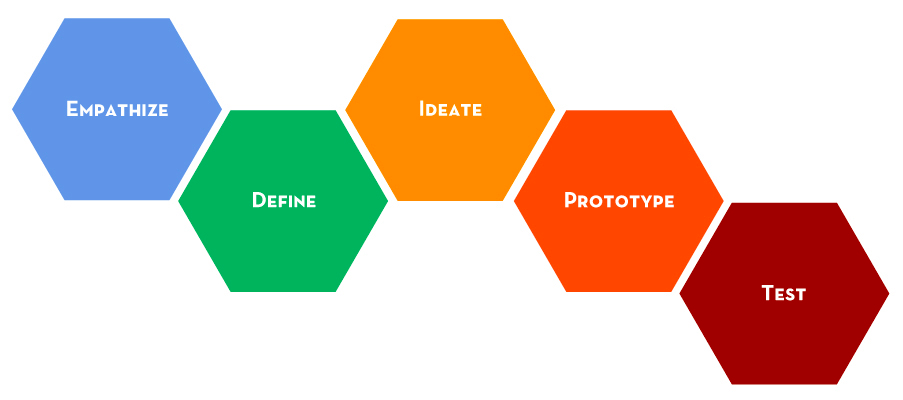
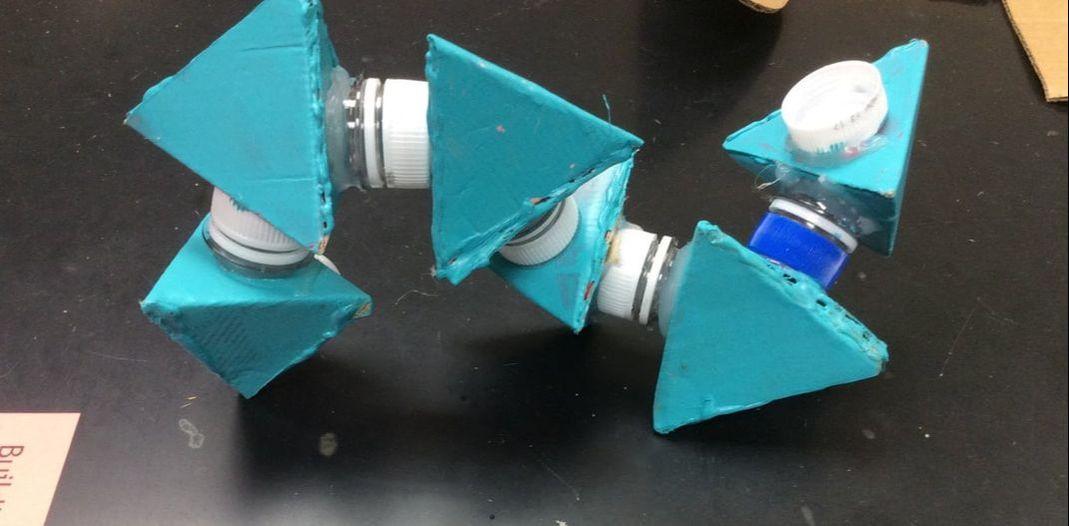
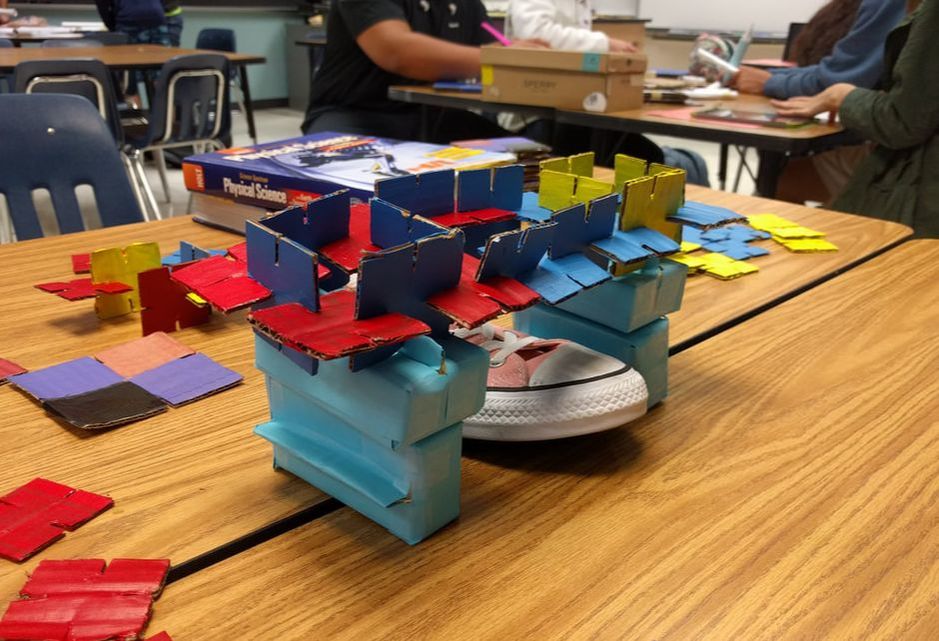

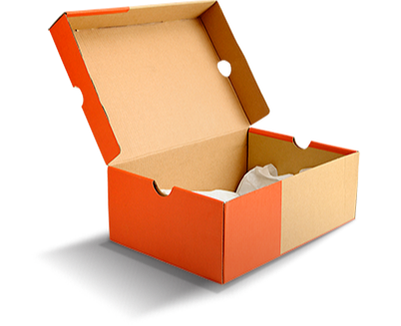

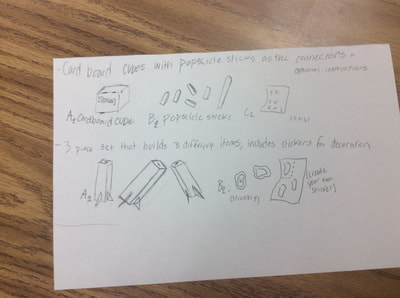
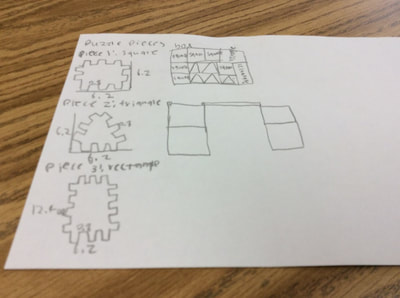
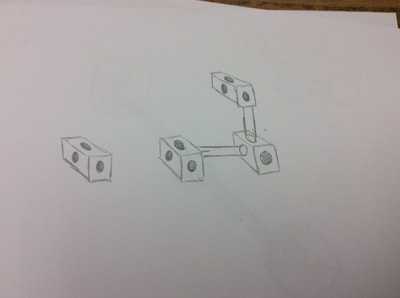
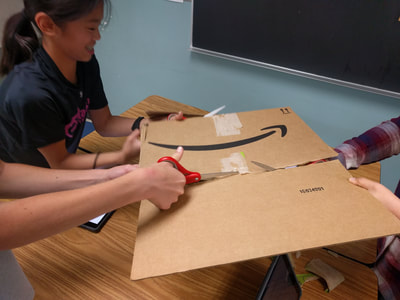


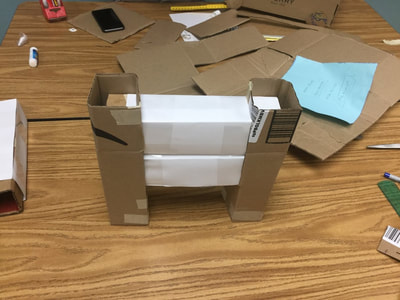
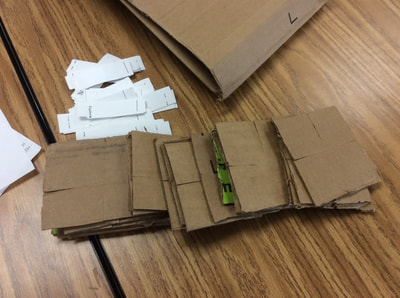

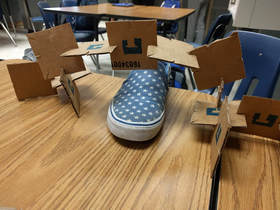

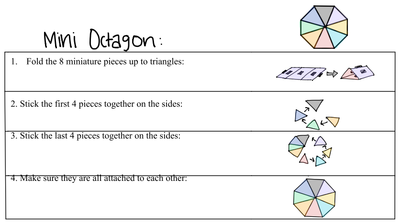
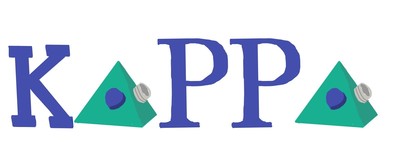



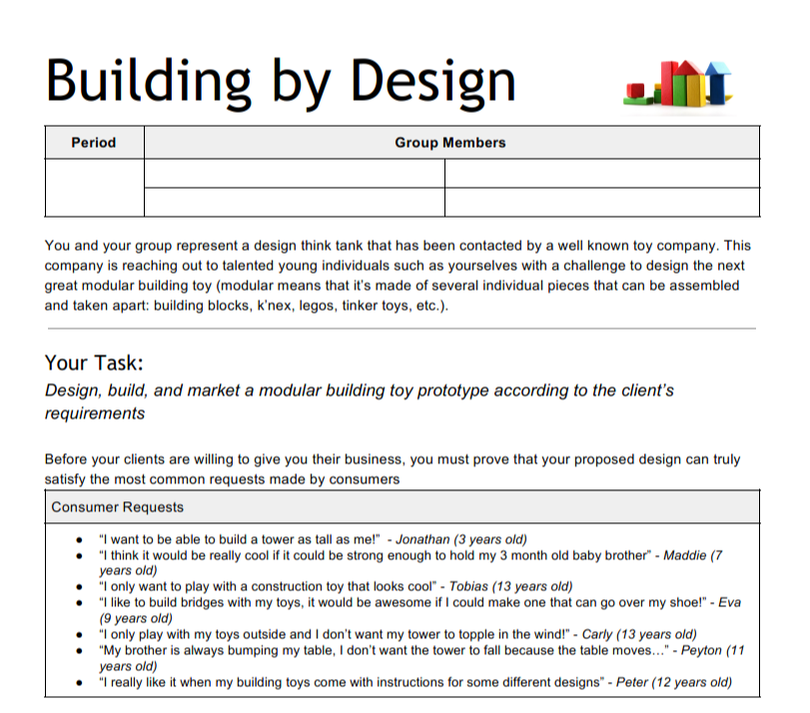
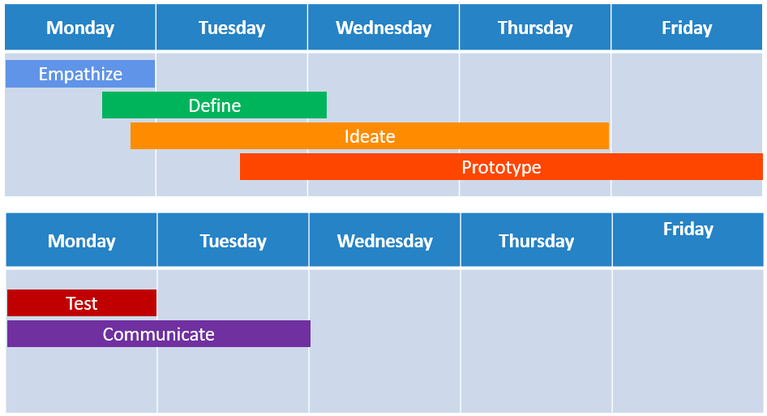
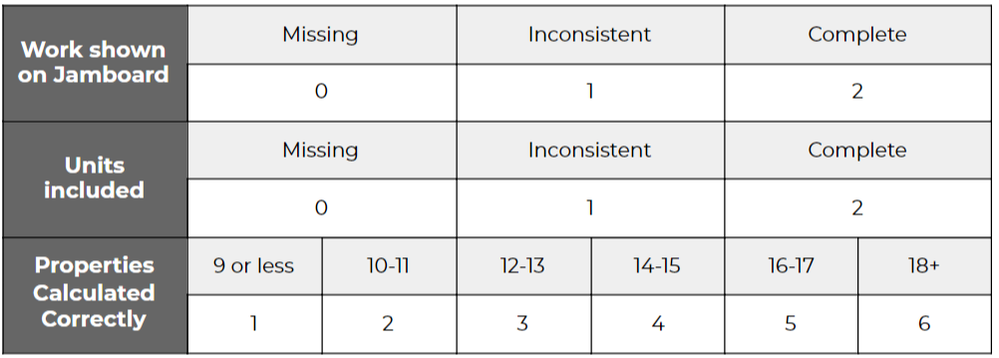
 RSS Feed
RSS Feed

